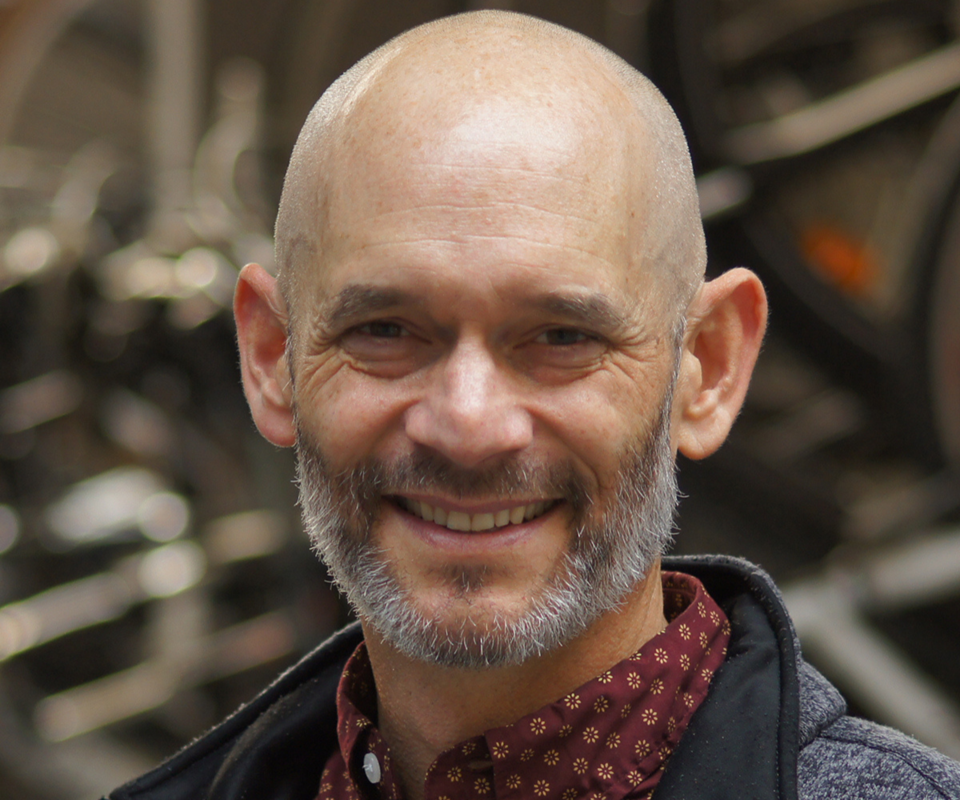The Trek Diamant Factory has a history that dates back to 1885, when Diamant was founded close to Chemnitz, Germany. This makes Diamant Germany’s oldest continuously operating bike brand. Since 2004, Diamant is part of Trek. In Hartmannsdorf, more than 600 employees assemble bikes for Trek, Diamant, and Electra. Trek maintains Hartmannsdorf as its only directly owned factory outside Waterloo and continues to invest in the facility to respond to the growing demand for bikes in Europe.
We’ve been fortunate during the bike boom. The increased demand has triggered us to increase our production capacity from a maximum of 1200 bikes per day to a maximum of 1400 bikes per day. We have additional plans to expand our capacity again in the first quarter of 2021 to a maximum of 1600 bikes per day. We were able to raise our production by +33% to meet increased demand with a resulting addition of 100 jobs at the plant.
- What are you most excited about 2020?
I’m excited to see people switching to their bicycles as a sustainable solution to their transportation problems or simply to get out and have fun – be it on asphalt or off-road. This has driven increased demand for bicycle production, and we’re rising to the challenge to increase our output. Furthermore, this is a great opportunity to provide stable jobs in our region in Germany and get more people on bikes! - What do you see as a major challenge in the cycling industry and how can CIE play a role in overcoming that challenge?
The major challenge that I see in the cycling industry in 2020 is to maintain the momentum. The pandemic calls for mobility that is healthy for individuals and their community as well as climate friendly. Fortunately, our industry can provide a healthy solution to go from point A to B. CIE can help by continuing their work for governments to provide safe places to cycle. CIE can also help to address conflicts that exist between groups of people that share similar spaces, may it be in cities or outdoors. With a growing number of riders there’s also a growing need for infrastructural solutions. MTB riders need access to legal trail networks to avoid conflicts with hikers. Cities have to grow the number of cycling infrastructure to increase the safety of riders. If we can decrease the friction that keeps people away from using their bikes, we can continue the increase in ridership. We don’t want people to buy bikes and not use them. - What/who in the cycling industry inspires you?
I am inspired by the dealer base that sells our products. They have an incredible challenge to generate sales, provide amazing customer service, and manage their business. On top of that, they do an amazing job of locally advocating for cycling. The entire industry benefits from their grassroots activism. We do not take lightly the responsibility to do our part and deliver great products to them. - Describe in 5 words how cycling is saving the world?
In six words (I’m sorry): Cycling is a “Simple solution to a complex problem” (John Burke).
